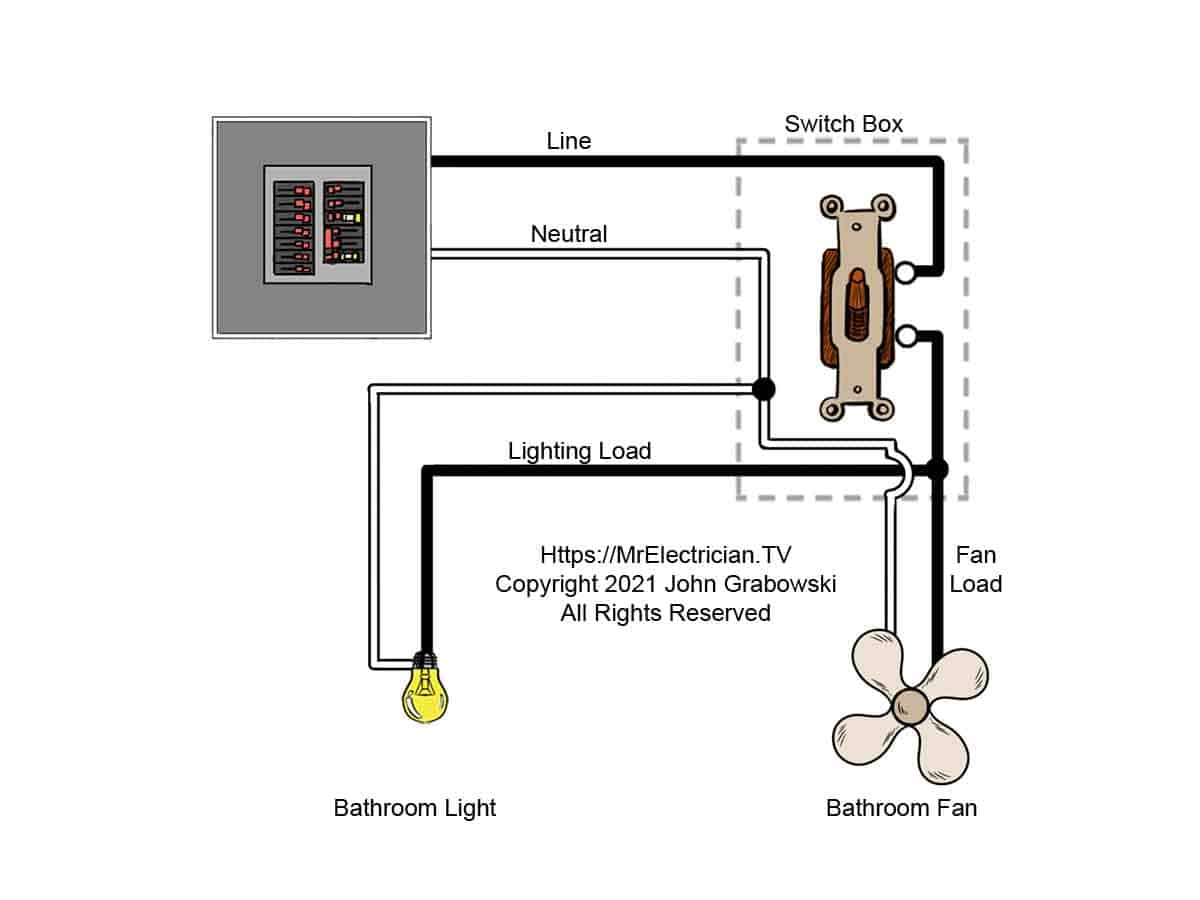Location Standards: Bathroom Light Switch Location

Bathroom light switch location – The placement of bathroom light switches adheres to specific standards to ensure accessibility, safety, and code compliance. These standards dictate optimal switch heights and distances from doorways to facilitate convenient and ergonomic use.
In the realm of bathroom renovations, the placement of light switches holds significance. To illuminate your sanctuary seamlessly, explore a myriad of options at reputable house decor stores. Their expert guidance will ensure your bathroom’s lighting complements both aesthetics and functionality, creating an oasis of tranquility.
Building Codes and Regulations
Building codes and regulations, such as the National Electrical Code (NEC) in the United States, establish guidelines for electrical installations, including switch placement. These codes specify minimum heights and clearances to prevent hazards and ensure accessibility for all users.
Finding the optimal location for your bathroom light switch is crucial for convenience and safety. Consider placing it near the door or vanity, ensuring accessibility while entering or preparing for the day. When selecting light fixtures, bathroom vanity light fixtures oil rubbed bronze offer a timeless elegance that complements any décor.
Their warm glow and intricate designs enhance the ambiance of your bathroom, creating a luxurious and inviting space.
Ergonomic Considerations

In designing the placement of light switches, ergonomic principles play a pivotal role in ensuring ease of use, accessibility, and comfort for users. Proper switch placement can minimize strain, discomfort, and potential hazards, particularly for individuals with disabilities.
Ergonomic design aims to create environments and products that are compatible with the human body’s natural movements and capabilities. When applied to light switch placement, it involves considering factors such as reach, height, and force required to operate the switch.
Ease of Use and Accessibility, Bathroom light switch location
- Light switches should be placed within easy reach of users, avoiding the need for excessive stretching or bending.
- The height of the switch should be appropriate for users of different heights, typically between 48 and 54 inches from the floor.
- Switches should be positioned to allow for comfortable hand and finger movements, reducing the risk of strain or injury.
Accommodation for Individuals with Disabilities
- For individuals with limited mobility, switches can be placed at lower heights or equipped with extended handles for easier reach.
- Switches with large, easy-to-grip buttons or levers can be beneficial for users with dexterity challenges.
- Consideration should also be given to the placement of switches in accessible locations, such as near doorways or within reach of wheelchairs.
Aesthetic Factors

The aesthetics of your bathroom light switch should complement the overall design of the room. Consider the style of your bathroom fixtures, such as the faucet, towel rack, and mirror, when choosing a light switch. If your bathroom has a modern design, a sleek, minimalist light switch will be a good choice. If your bathroom has a more traditional design, a switch with a more ornate finish may be a better fit.
Switch Placement
The placement of your light switch can also affect the overall aesthetics of your bathroom. The switch should be placed in a convenient location that is easy to reach, but it should not be so prominent that it detracts from the design of the room. If possible, the switch should be placed near the door so that you can easily turn on the light when you enter the bathroom.
Dimmer Switches and Motion Sensors
Dimmer switches and motion sensors can be used to create ambiance and improve functionality in your bathroom. Dimmer switches allow you to adjust the brightness of the light, which can be helpful for creating a relaxing atmosphere in the evening. Motion sensors can be used to turn on the light automatically when you enter the bathroom, which can be helpful for saving energy and preventing accidents.
